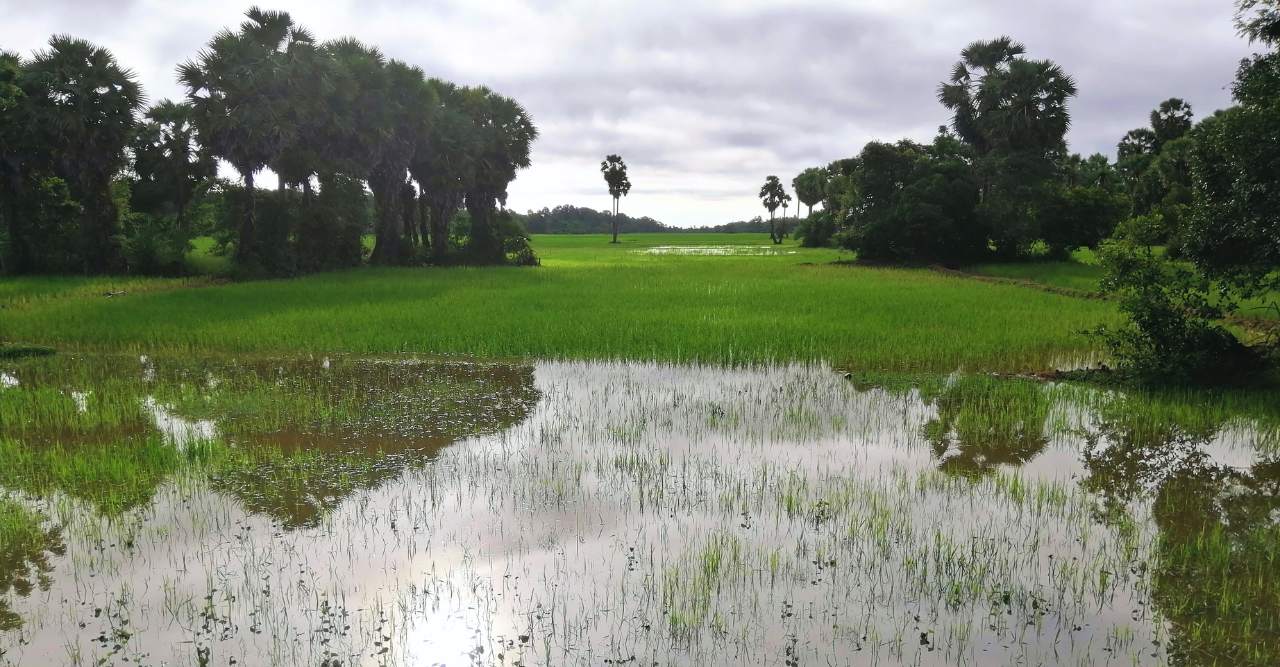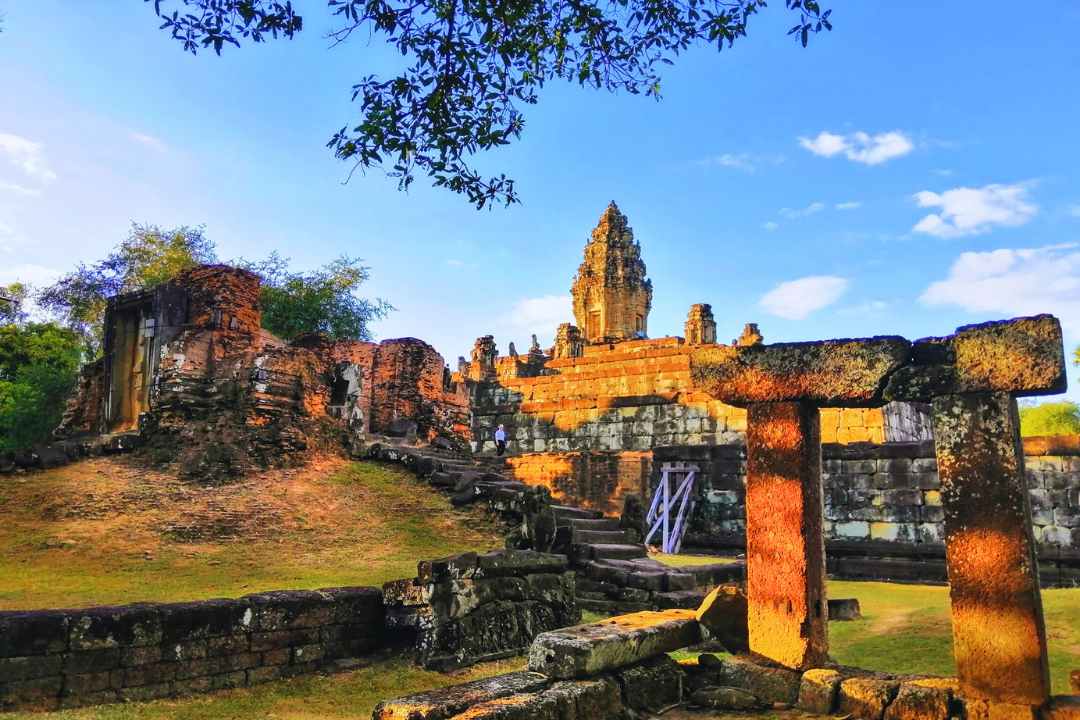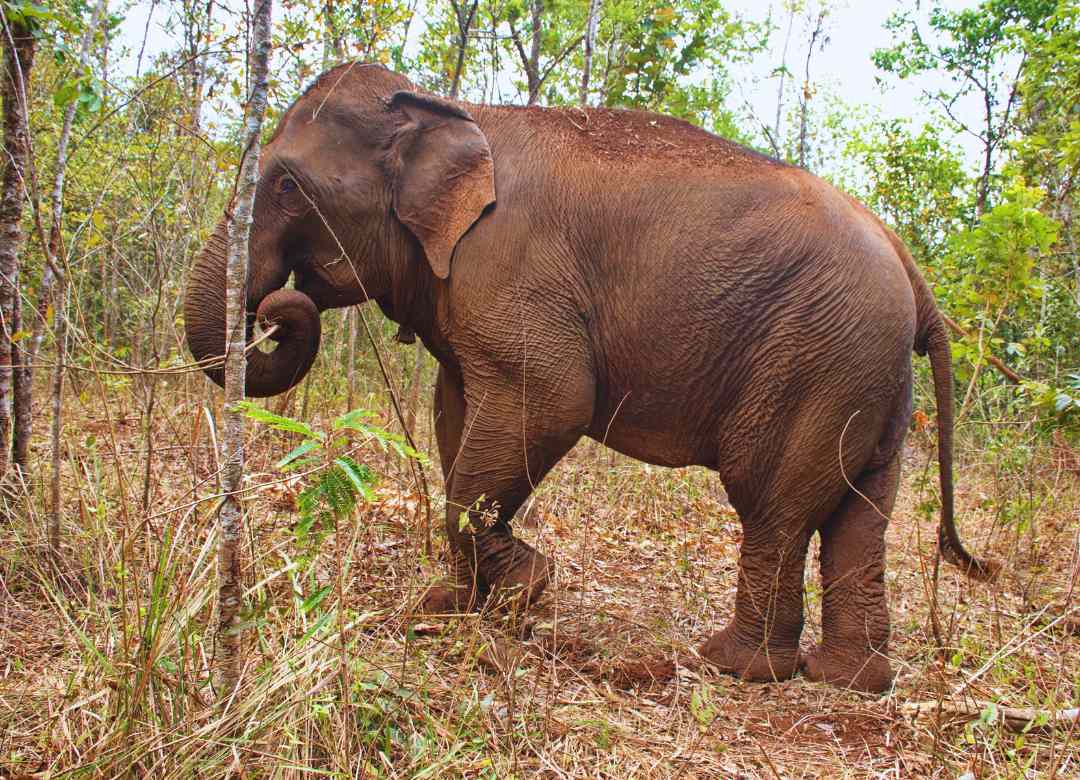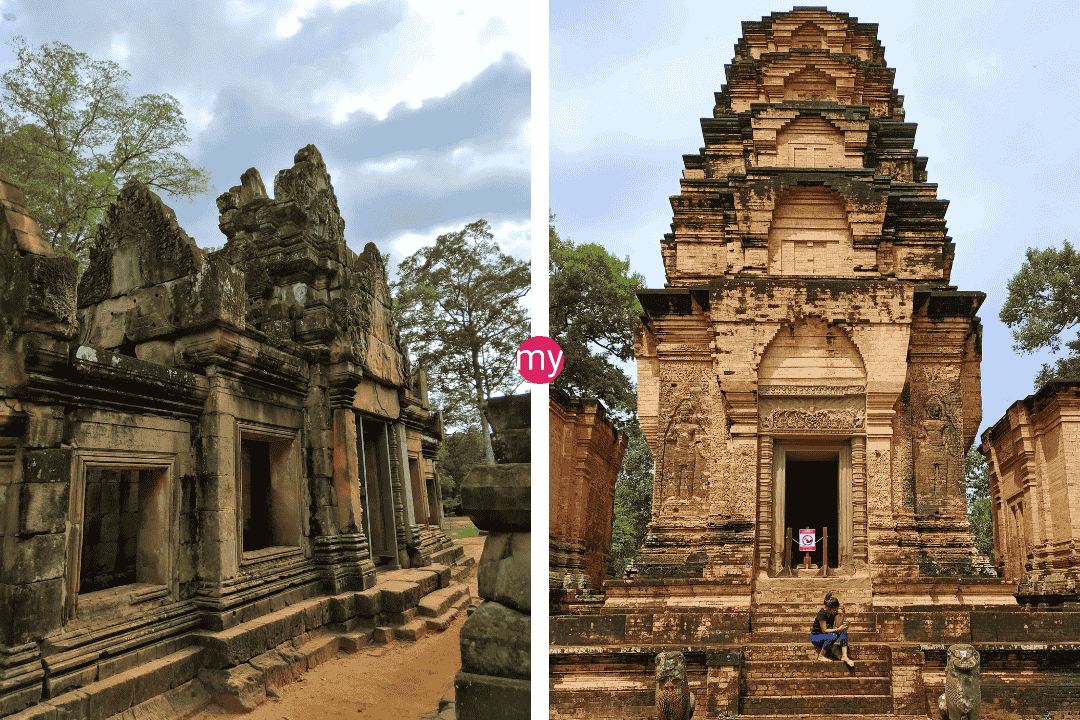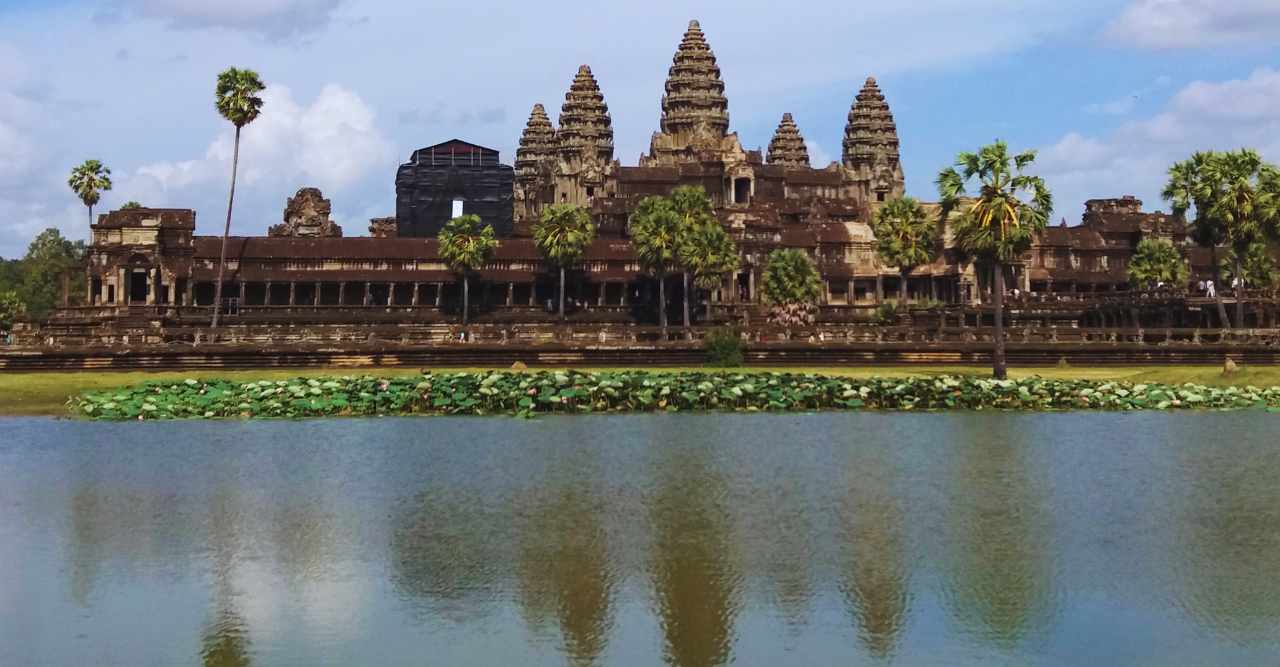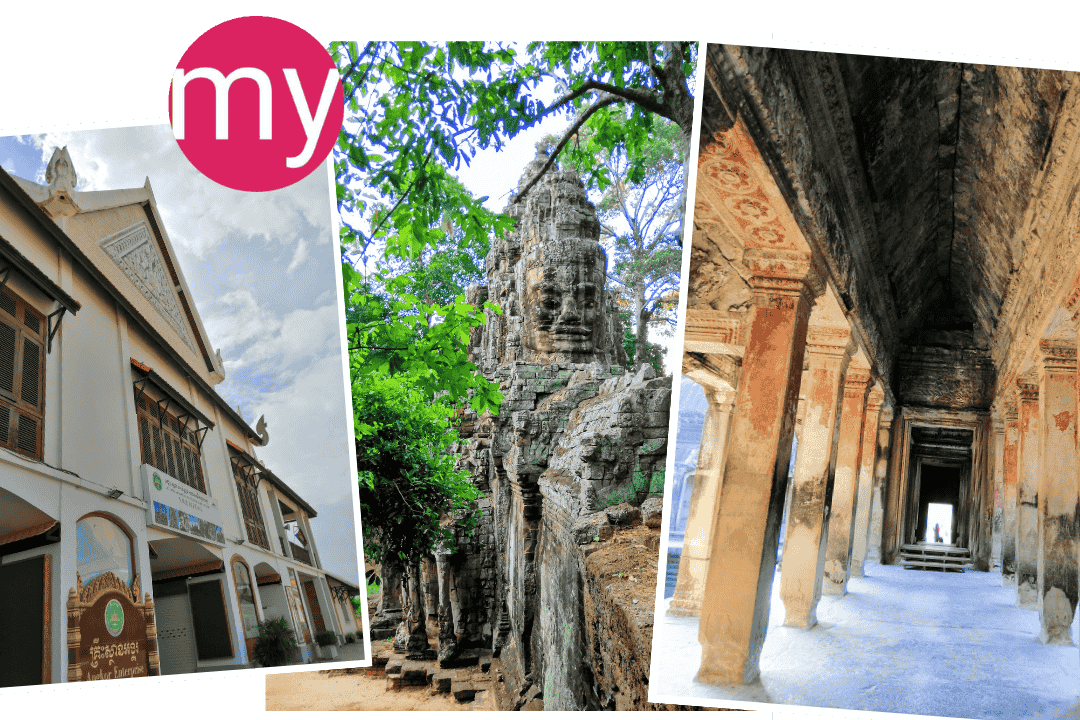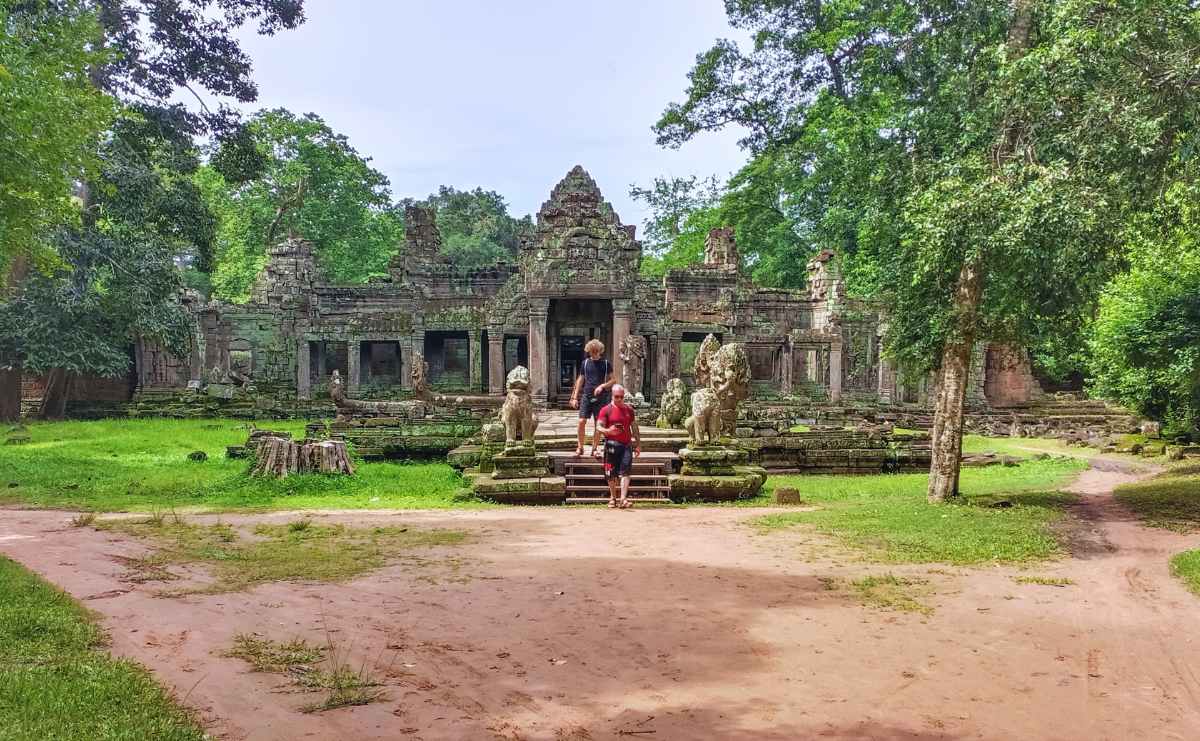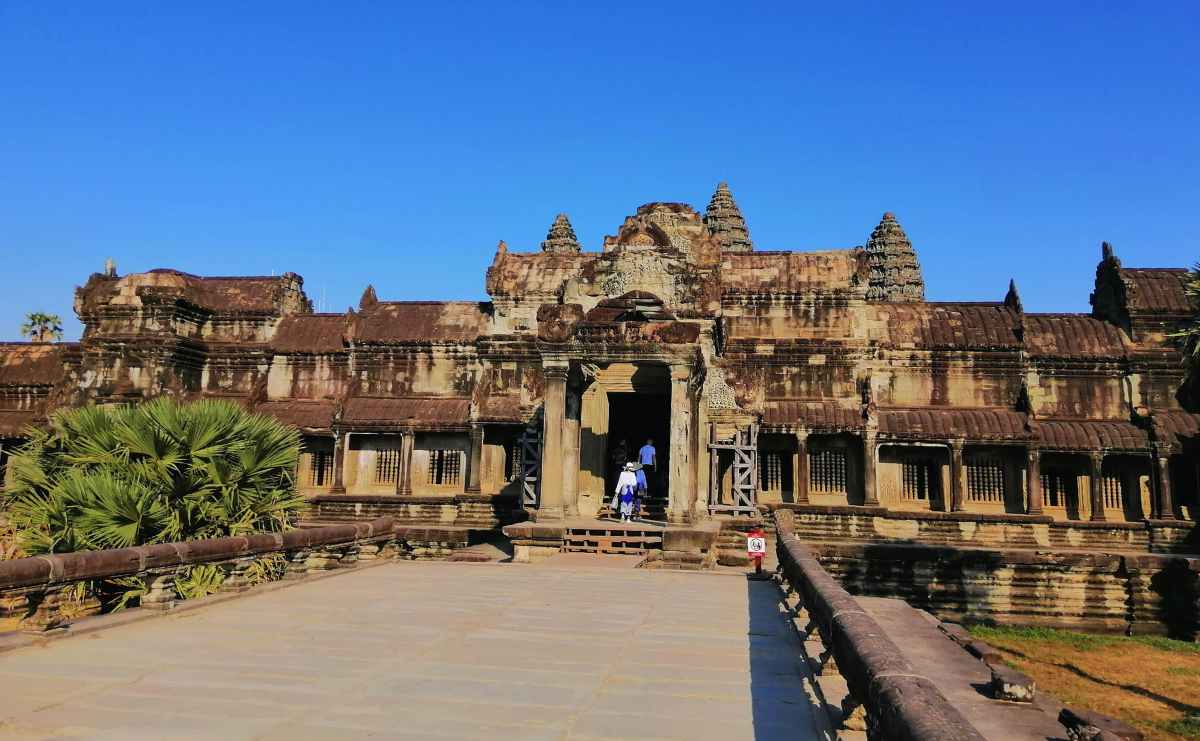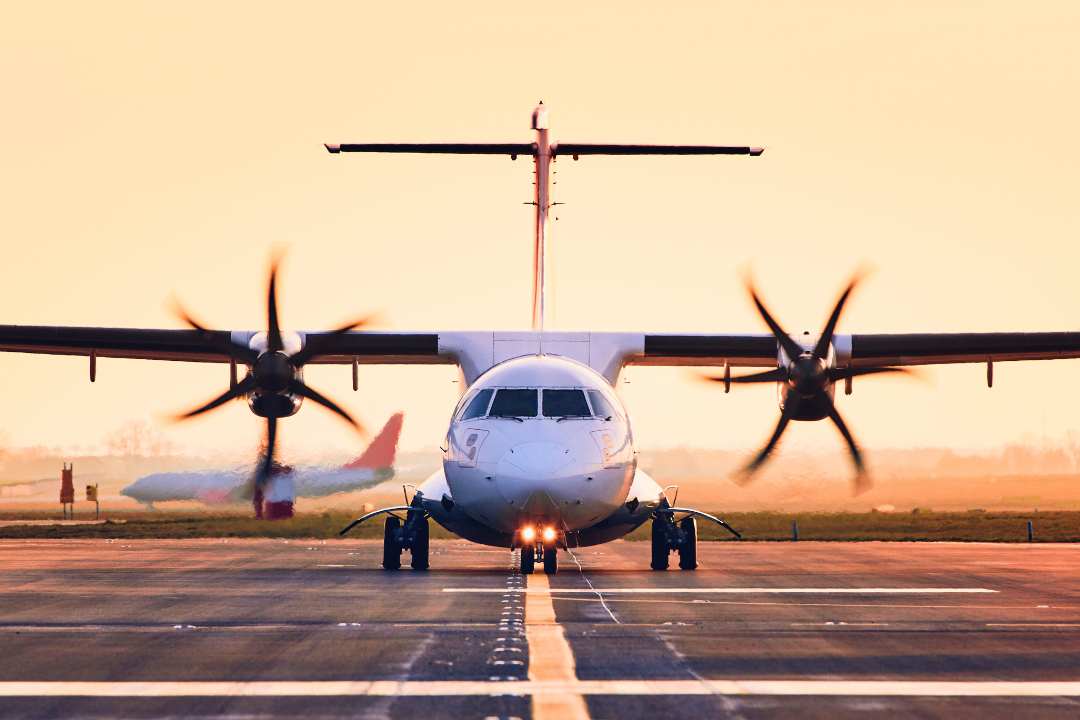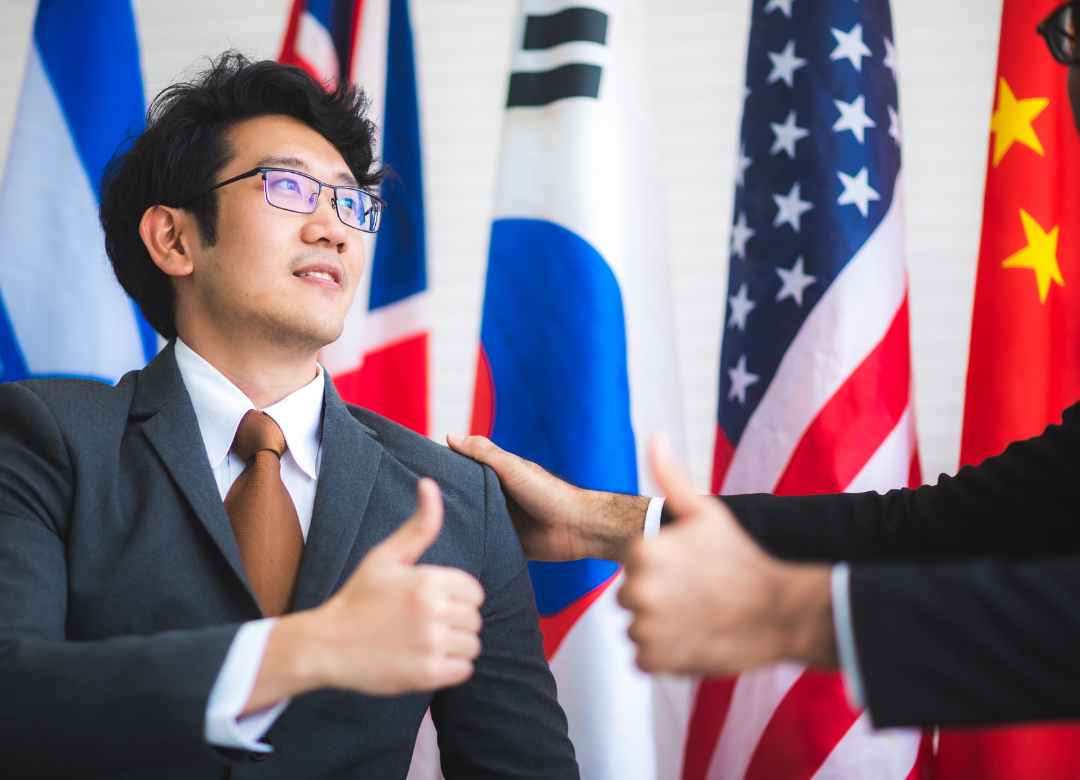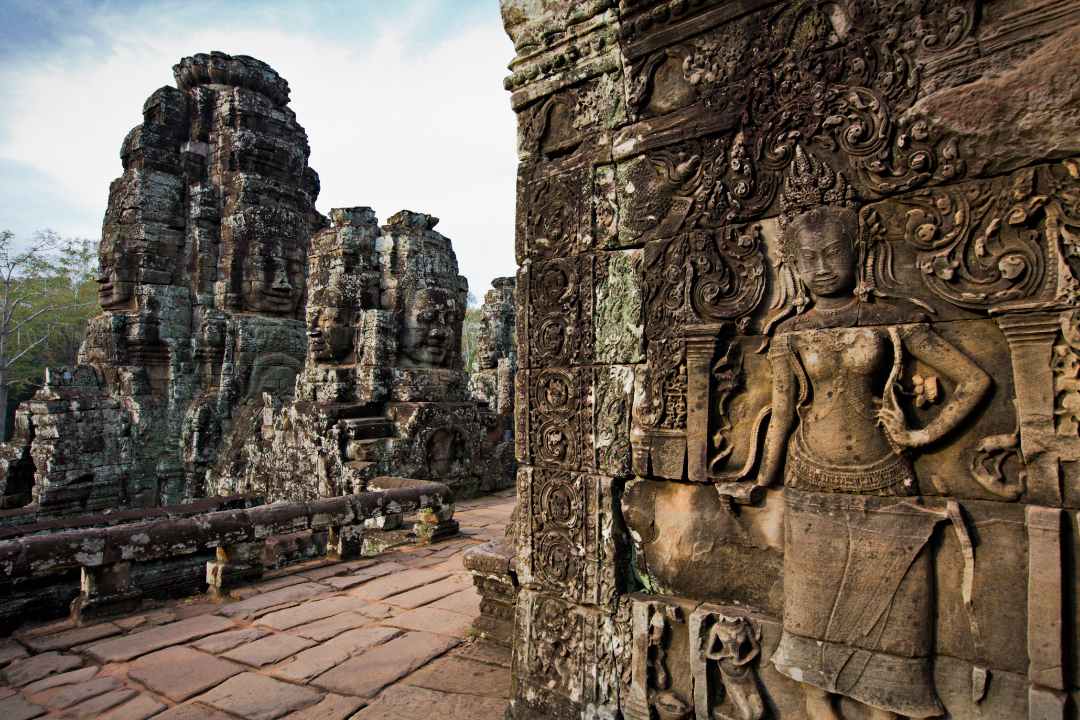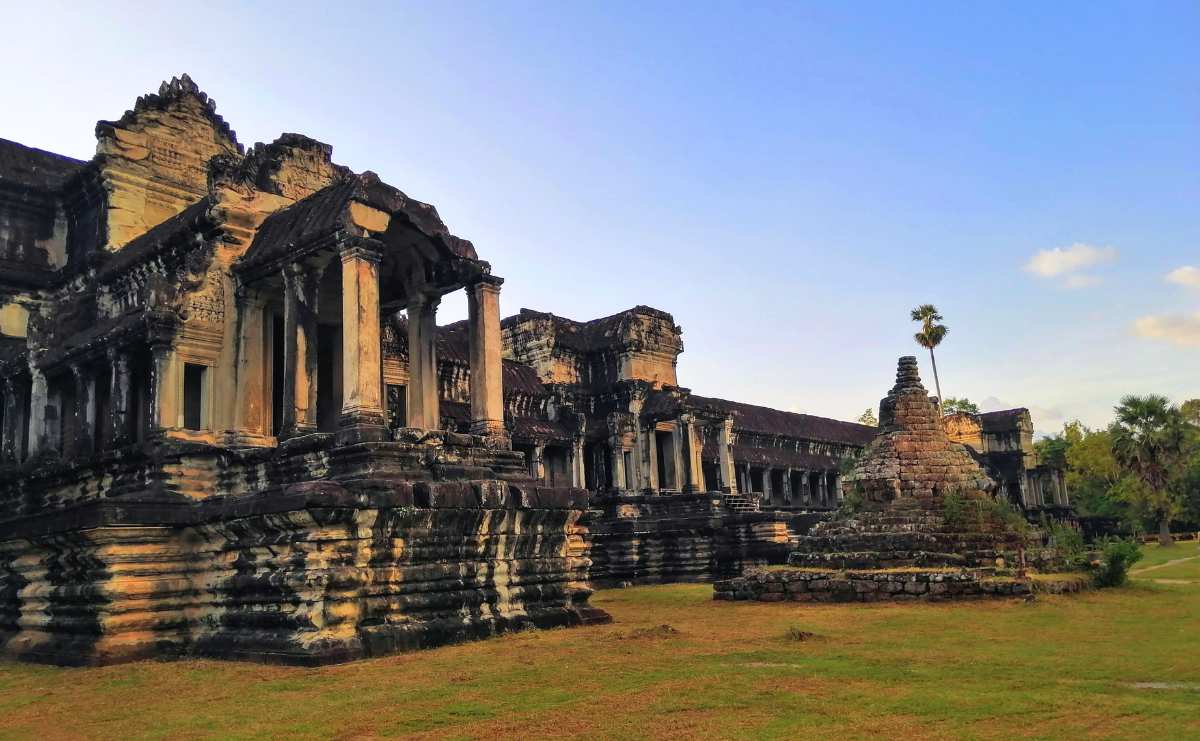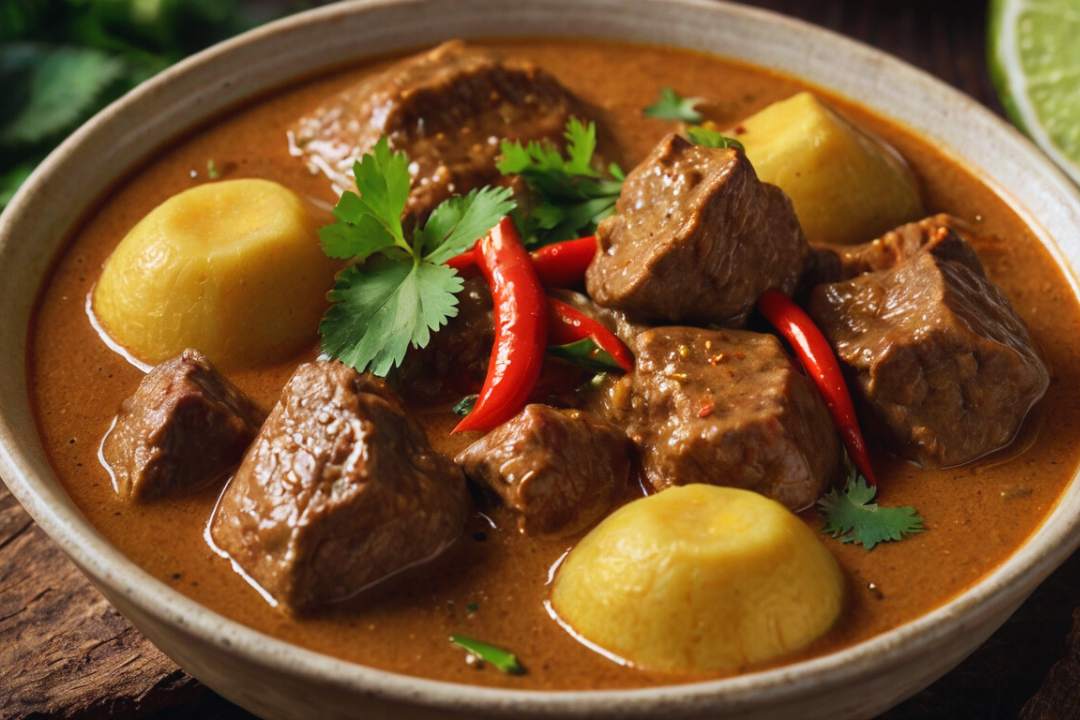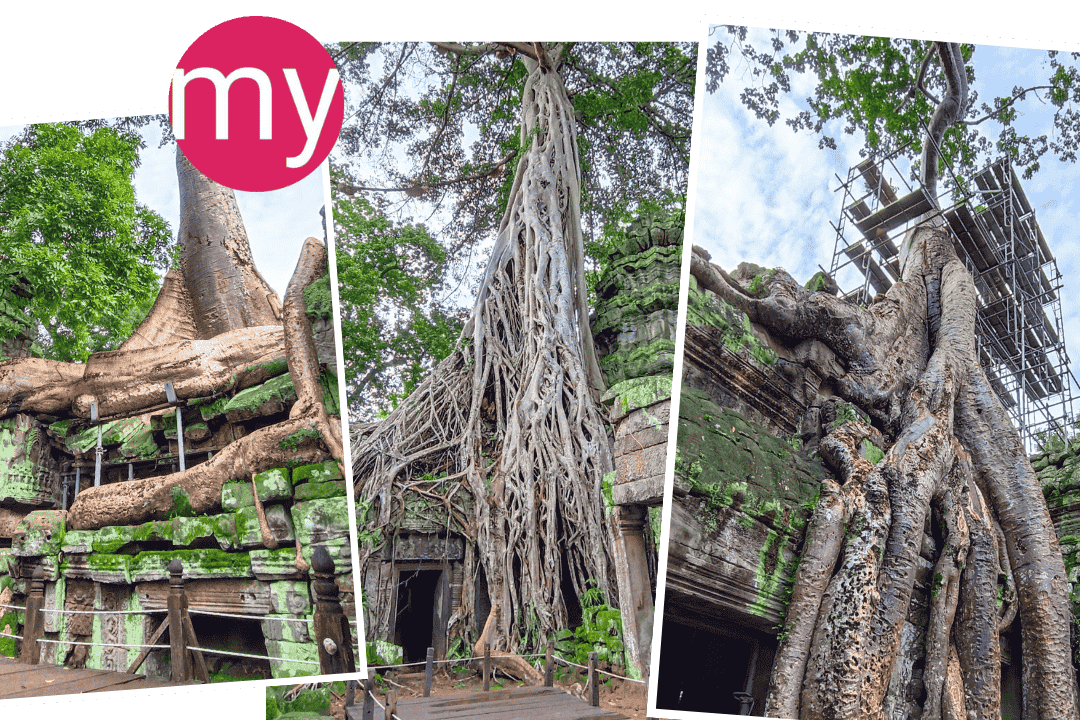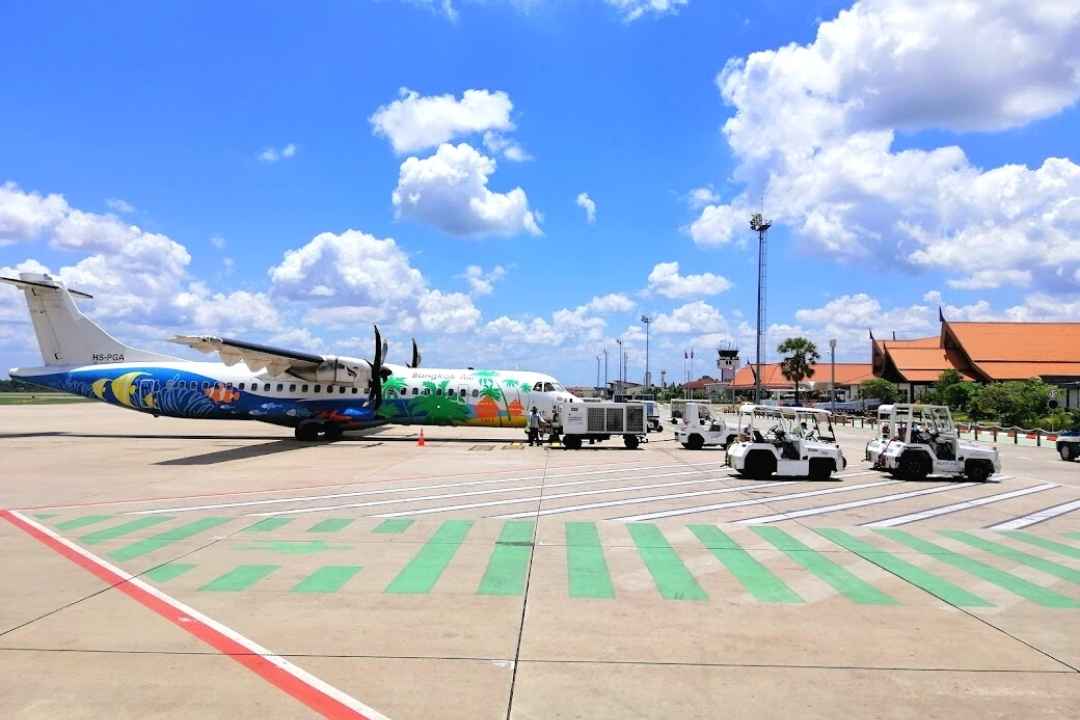Where Do Influencers Take the Famous Photos at Angkor?
The Secret Angkor Photo Spots Influencers Don't Tag - But You've Seen a Thousand Times!
Get the exact angles from viral posts across Angkor Wat, Ta Prohm, Bayon, and more - just walk in, point, shoot, and blow up your feed.
Where do influencers take the famous photos at Angkor? The answer lies in five key spots that generate 95% of viral content: Angkor Wat’s sunrise reflection pools, Ta Prohm’s tree-root doorways, Bayon’s stone faces, Angkor Thom’s causeway sculptures, and Phnom Bakheng’s sunset viewpoint.
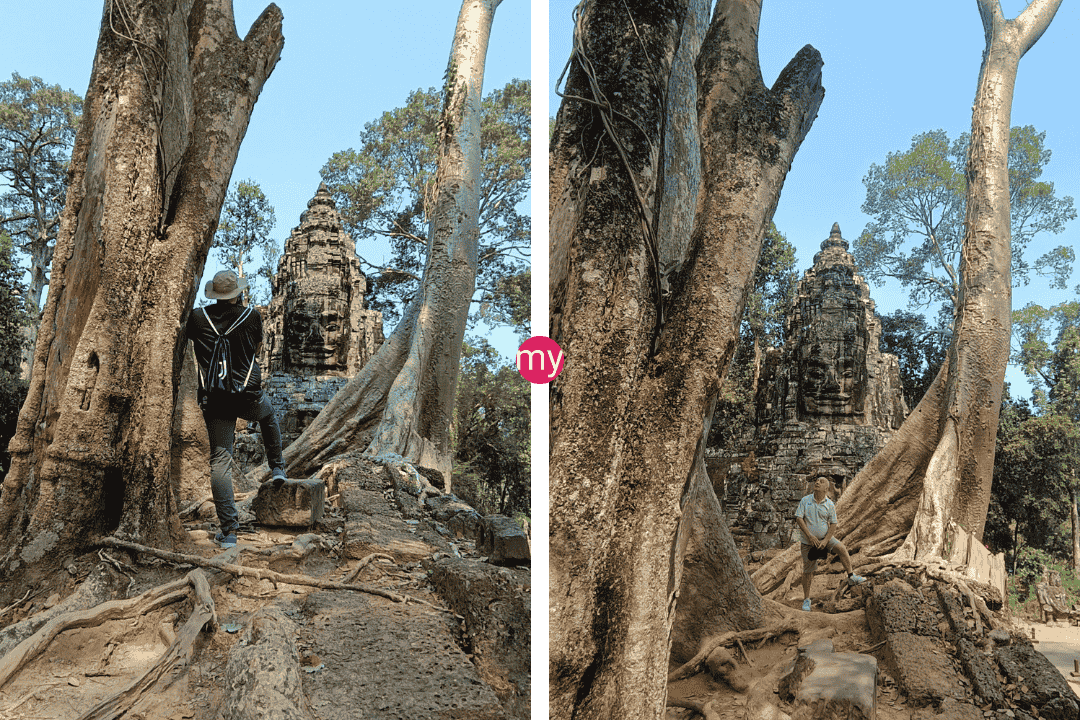
Where do influencers take the famous photos at Angkor? They follow precise timing strategies—arriving at 4:30 AM for sunrise shots, using late afternoon light at Ta Prohm, and booking sunset tours that secure the best positions. This guide shows you exactly where to stand, when to arrive, and which angles create the most engagement.
Overview
Where do influencers take the famous photos at Angkor? A strategic Angkor photography tour typically involves five primary locations featuring iconic temple reflections, dramatic tree formations, and stone face carvings. Angkor Wat sunrise spots, Ta Prohm photo locations, and Bayon temple faces consistently generate the highest social media engagement rates. Available tour options include private sunrise tours, small circuit experiences, and late morning tours with monk blessings. Transportation via air-conditioned vehicles starts from central Siem Reap hotels. Tours range from $35-180 depending on group size and inclusions.
Key features of Angkor influencer photography:
- Sunrise reflection shots: Perfect symmetry at Angkor Wat’s northern pond creates viral content
- Tree root backdrops: Ta Prohm’s jungle formations provide dramatic natural frames
- Stone face portraits: Bayon’s 216 carved faces offer unique architectural elements
- Causeway compositions: Angkor Thom gates feature demon and god sculptures for storytelling
- Sunset silhouettes: Phnom Bakheng’s elevated position captures temple panoramas
Tour options for photo enthusiasts:
- Private sunrise tours: Early access before crowds with professional positioning
- Small circuit tours: Seven temples including hidden spots for content variety
- Late morning tours: Comfortable timing with optimal afternoon lighting
- Sunset experiences: Golden hour photography with hilltop viewpoints
What to expect on photo tours:
- Professional guidance: Guides trained in photography angles and composition
- Optimal timing: Strategic scheduling around natural lighting conditions
- Equipment support: Tripod recommendations and camera setting advice
- Cultural context: Historical background for authentic content creation
Things to consider when choosing photo tours:
- Group size: Private tours offer maximum positioning flexibility
- Physical requirements: Some locations require climbing and walking
- Weather conditions: Dry season provides clearest skies and optimal lighting
- Equipment needs: Bring wide-angle lenses and extra batteries for extended sessions
Summary
Where do influencers take the famous photos at Angkor? Analysis of 686,597 Instagram posts reveals that 95% of viral Angkor content comes from just five specific locations. These Angkor Wat sunrise spots, Ta Prohm photo locations, and Bayon temple faces generate the highest engagement rates across social media platforms.
Recent data from 2024 shows Angkor welcomed 1.02 million visitors. Photography-focused tours now represent 47% of all bookings. Best photo spots Angkor Wat consistently produce content with 3x higher engagement than random temple shots.
This systematic approach helps travel photographers and content creators capture iconic Angkor Wat photos by following proven positioning strategies. Key methods include arriving at sunrise reflection pools by 4:30 AM, using late afternoon light at tree roots Ta Prohm, and booking sunset tours for Phnom Bakheng sunset access.
Professional guides trained in Angkor temple photography tips provide exact coordinates and timing strategies. Siem Reap Instagram spots beyond the main temples offer fresh content opportunities for serious photographers.
The complete guide covers optimal shooting times, crowd management techniques, and equipment recommendations. Smart planning replaces random exploration with targeted results that match professional influencer content quality standards.
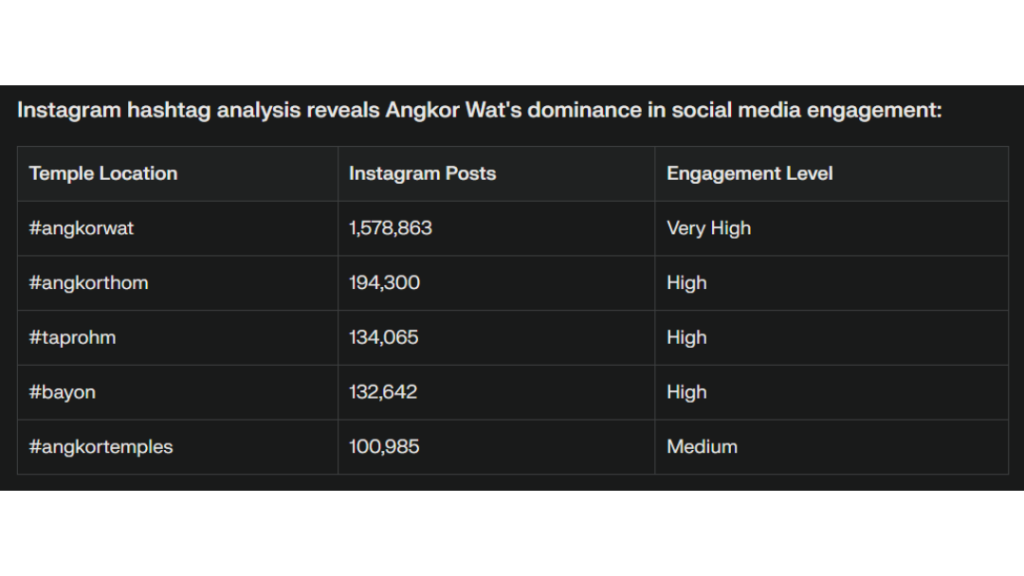
Where Do These Viral Angkor Photos Actually Come From? (And Why Your Feed Keeps Showing Them)
You scroll Instagram. Another Angkor Wat sunrise photo appears. The reflection looks perfect. The temple stands majestically in golden light. You think, “I need to go there.” But wait—where do influencers take the famous photos at Angkor? Most people assume these shots happen by accident. Wrong. Where do influencers take the famous photos at Angkor? They follow specific routes, timing strategies, and positioning techniques that create viral content. This isn’t luck. It’s science.
The truth hits hard when you arrive at these temples without proper planning. Crowds block your view. The lighting looks terrible. Your photos look nothing like those Instagram posts. The influencers know something you don’t. They understand exactly where to stand, when to arrive, and which angles work best.
Let me share what I learned after studying hundreds of viral Angkor posts. After analyzing engagement data from top travel influencers, I found patterns. The same spots appear repeatedly. The same timing strategies work consistently. The same tour routes produce the best results.
| Location | Best Time | Viral Factor | Crowd Level |
|---|---|---|---|
| Angkor Wat Reflection Pool | 5:30-6:00 AM | Very High | Extreme |
| Ta Prohm Tree Roots | 4:00-5:30 PM | High | Moderate |
| Bayon Stone Faces | 8:00-10:00 AM | High | Moderate |
| Angkor Thom Causeway | All Day | Medium | Low |
| Phnom Bakheng Hill | 5:30-6:30 PM | High | Controlled |
1. The Angkor Wat Sunrise Reflection Pool—Where Every Viral Photo Starts
Every morning at 4:30 AM, dozens of photographers gather at one specific spot. They position themselves at the Angkor Wat sunrise spot for good reason. This location generates more viral content than any other temple area. The reflection pool creates perfect symmetry. The sunrise timing provides golden light. The composition works every single time.
But here’s what most guides won’t tell you: Two reflection pools exist at Angkor Wat. The northern pool gets crowded. Everyone goes there. Smart photographers use the southern pool instead. Fewer people. Better positioning options. Same stunning reflections.
The Private Angkor Wat Sunrise Tour handles this strategy perfectly. They arrive at 4:10 AM for optimal positioning. The guide knows both pools. You get options instead of following crowds.
Pro positioning tips for the reflection pools:
- Stand at the pool’s left edge for classic composition
- Use the lotus flowers as foreground elements
- Arrive 30 minutes before sunrise for setup time
- Bring a tripod for sharp low-light shots
- Stay until 7:00 AM for different lighting angles
The reflection works best during dry season (November-February). Water levels stay consistent. Wind stays minimal. The temple’s five towers reflect clearly in still water. Rain season creates muddy pools with choppy surfaces.
Early morning arrival timing breakdown:
- 4:30 AM: Hotel pickup for sunrise tours
- 5:00 AM: Temple entrance and positioning
- 5:30 AM: Optimal shooting begins
- 6:00 AM: Peak golden hour lighting
- 6:30 AM: Blue hour transitions start
- 7:00 AM: Crowds arrive in large numbers
Wait, here’s the thing about sunrise tours that nobody mentions…
Stop pretending 4:30 AM wake-up calls sound fun.
But what happens when you actually do it at Angkor Wat changes everything.
Late Morning Angkor Tour – $85 ✅ 9:50 AM comfortable start time
✅ Same photo quality without early wake-up
✅ Ta Prohm in perfect afternoon light
✅ Monk blessing ceremony included
✅ Angkor Wat sunset finale
Skip the Sleep Deprivation →
Your photos look identical. Your rest feels better.
2. Ta Prohm’s Tree Root Doorways—The Tomb Raider Effect That Never Gets Old
Ta Prohm photo locations dominate travel Instagram for one simple reason. Massive tree roots grow through ancient stone doorways. Nature reclaims architecture. The contrast creates drama. Every shot looks like a movie scene.
The famous doorway from Tomb Raider gets roped off now. Too many tourists caused damage. But smart photographers know about the other tree formations. Dozens of similar spots exist throughout Ta Prohm. The Angkor Wat Small Circuit Tour includes seven temples with multiple tree root locations.
Best tree root photography spots at Ta Prohm:
- The strangler fig doorway (east entrance)
- Silk cotton tree courtyard (central area)
- Gallery collapse with root systems (west side)
- Corner tower tree formations (northeast section)
- Small root doorways (less crowded southern areas)
Late afternoon light works best at Ta Prohm. Morning creates harsh shadows. Midday looks flat and boring. But 4:00-5:30 PM provides perfect golden light filtering through jungle canopy.
| **Tree Type** | **Photo Opportunity** | **Best Time** | **Crowd Level** |
|---|---|---|---|
| Strangler Fig | Doorway framing shots | Late afternoon | Moderate |
| Silk Cotton | Massive root systems | Morning/Evening | High |
| Spung Tree | Wall-climbing roots | Anytime | Low |
The jungle temple shots require different camera settings than architectural photography. Dense canopy blocks direct sunlight. Root textures need detail preservation. Stone surfaces require exposure balance.
Camera settings for Ta Prohm photography:
- ISO 400-800 for low light conditions
- Aperture f/8-f/11 for sharp foreground and background
- Shoot in RAW format for shadow recovery
- Use fill flash for root detail enhancement
- Manual focus for precise tree root sharpness
Conservation rules limit climbing on roots now. Touching damages the tree-temple balance. Photography happens from designated viewing areas. But creative angles still exist within permitted zones.
3. Bayon Temple’s 216 Stone Faces—Portrait Photography Paradise
Bayon temple faces create the most unique portrait opportunities at Angkor. Each tower contains multiple carved faces. All 54 towers feature different expressions. The faces measure 4 meters tall. They create natural portrait backdrops.
Morning light works best for Bayon temple faces photography. The temple sits in the center of Angkor Thom. Eastern-facing sides get perfect sunrise illumination. Western faces glow during sunset. But midday creates harsh shadows on carved features.
Smart photographers use telephoto lenses for face isolation. Wide-angle shots capture multiple faces in one frame. But 70-200mm lenses create dramatic single-face portraits with blurred backgrounds.
Bayon face photography techniques:
- Use face-to-face positioning for portrait shots
- Frame multiple faces for architectural compositions
- Capture detail shots of eyes, lips, and expressions
- Include tourists for scale reference
- Shoot from different tower levels for varied angles
The central tower provides the best face photography platform. Circle the tower for different face angles. Each side offers unique lighting conditions. Some faces look peaceful. Others appear mysterious. The carved expressions change with lighting.
Best Bayon photography positions by time:
- 7:00-9:00 AM: Eastern faces with sunrise lighting
- 10:00 AM-2:00 PM: Central faces with even illumination
- 3:00-5:00 PM: Western faces with golden hour glow
- 5:30-6:30 PM: Silhouette shots against sunset sky
The Angkor Wat Half Day Sunset Tour times Bayon visits perfectly. Morning arrival avoids crowds. Afternoon light creates dramatic face lighting. The tour sequence maximizes photography opportunities.
| Temple | Instagram Posts | Peak Photography Time | Crowd Management |
|---|---|---|---|
| Angkor Wat | 686,597 | Sunrise (5:30-6:00 AM) | Very High crowds |
| Ta Prohm | 150,000+ | Late Afternoon (4:00-5:45 PM) | High crowds |
| Bayon | 120,000+ | Morning (8:00-10:00 AM) | High crowds |
| Phnom Bakheng | 80,000+ | Sunset (5:30-6:30 PM) | 300-person limit |
| Pre Rup | 40,000+ | Dawn (6:00-7:00 AM) | Low crowds |
4. Angkor Thom’s Causeway Sculptures—Storytelling Through Stone
Angkor Thom gate photos feature incredible sculptural elements. The causeway leading to each gate contains 108 stone figures. 54 demons (asuras) line one side. 54 gods (devas) line the other side. They appear to be pulling a giant naga (serpent).
Most tourists walk quickly across the causeway. They miss the storytelling opportunities. Each sculpture has different facial expressions. Some demons look fierce. Others appear playful. The gods show various emotions too.
East Gate Angkor Thom gets less crowded than the South Gate. The sculptures look identical. But fewer tour buses stop there. Better photography opportunities exist with minimal crowds.
Causeway photography compositions:
- Leading lines using the sculpture rows
- Close-up portraits of individual faces
- Wide shots showing the entire causeway story
- Perspective shots from different viewing angles
- Detail shots of hands, clothing, and expressions
The causeway represents the Hindu creation myth “Churning of the Ocean of Milk.” The demons and gods work together to churn the cosmic ocean. The naga serves as a rope. Mount Mandara acts as a churning stick.
Understanding this story helps create better compositions. Frame shots that show the pulling motion. Capture the cooperation between opposing forces. Use the mythology to guide your storytelling.
Gate photography timing strategies:
- Early morning: Fewer crowds, soft lighting
- Midday: Even illumination for sculpture details
- Late afternoon: Golden light on stone surfaces
- Any time: Less crowded than main temple areas
5. Phnom Bakheng Hill Sunset—The 300-Person Limit That Makes It Special
Phnom Bakheng sunset photos appear everywhere on Instagram. The elevated temple provides panoramic views. Angkor Wat sits in the distance. The sunset creates silhouettes. But only 300 people can be on the hill at sunset time.
This crowd limit makes advance planning essential. Popular sunset tours book days ahead. The Private Angkor Wat Sunset Tour includes Phnom Bakheng access with guaranteed positioning.
The climb takes 15-20 minutes up a steep hill. Wear good shoes. Bring water. The temple sits on natural elevation above the jungle canopy. Views extend for miles in every direction.
Phnom Bakheng photography advantages:
- Elevated perspective for landscape shots
- Angkor Wat visible in the distance
- 360-degree panoramic viewing options
- Dramatic sunset silhouette opportunities
- Limited crowds due to capacity restrictions
Arrive by 4:30 PM during peak season. The hill fills up quickly. Guards stop entry when capacity reaches 300 people. Late arrivals wait below until others leave.
Seasonal sunset timing at Phnom Bakheng:
- November-January: 5:30-6:00 PM sunset
- February-April: 6:00-6:30 PM sunset
- May-October: 6:00-6:30 PM sunset
- Rainy season: Check weather for clear skies
Western views provide classic sunset shots. But eastern views show Angkor Wat during golden hour. Northern and southern views capture forest canopy extending to the horizon.
6. Secret Spots Most Influencers Skip (But Smart Photographers Use)
Beyond the famous locations, several hidden photo spots Angkor provide unique content. These temples get fewer visitors. The architecture offers different styles. Creative photographers find fresh angles here.
Srah Srang viewpoint features a large reservoir with temple reflections. Morning mist creates mystical atmosphere. Fewer crowds allow multiple composition attempts. The platform provides elevated views across the water.
Preah Khan photography opportunities include jungle integration similar to Ta Prohm. But the temple layout differs significantly. Two-story structures create different framing options. Root systems grow through different architectural elements.
Pre Rup sunset pictures offer an alternative to Phnom Bakheng crowds. The temple pyramid structure allows climbing to different levels. Sunset views face west toward Angkor Wat. No crowd limits exist here.
Lesser-known photography locations:
- Banteay Kdei: Peaceful temple with minimal crowds
- Thommanon: Small temple with perfect proportions
- Chau Say Tevoda: Twin temple with symmetrical composition
- Spean Thma: Ancient bridge with unique architecture
- Prasat Kravan: Brick temple with carved interiors
Beng Mealea day trips provide completely different photography opportunities. The temple remains partially collapsed. Jungle overgrowth creates dramatic scenes. No restoration limits creative exploration.
Strategic Tour Planning for Maximum Photography Success
Angkor photography itinerary planning requires understanding crowd patterns, lighting conditions, and temple logistics. The Angkor Wat to Siem Reap Floating Village tour combines temple photography with cultural experiences.
Three-day photography itinerary:
Day 1: Sunrise and Small Circuit
- 4:30 AM: Angkor Wat sunrise photography
- 7:00 AM: Breakfast break
- 8:00 AM: Bayon temple faces
- 10:00 AM: Ta Prohm tree roots
- 12:00 PM: Lunch and rest
- 3:00 PM: Angkor Thom causeway
- 5:30 PM: Phnom Bakheng sunset
Day 2: Grand Circuit and Hidden Temples
- 8:00 AM: Preah Khan jungle photography
- 10:00 AM: Neak Pean water temple
- 12:00 PM: Lunch break
- 2:00 PM: Ta Som and Banteay Kdei
- 4:00 PM: Srah Srang reservoir views
- 6:00 PM: Pre Rup sunset alternative
Day 3: Outer Temples and Cultural Sites
- 7:00 AM: Banteay Srei pink sandstone carvings
- 10:00 AM: Beng Mealea jungle adventure
- 1:00 PM: Local village lunch
- 3:00 PM: Floating village photography
- 5:00 PM: Traditional sunset views
Temple Photography Etiquette and Cultural Respect
Angkor temple photography tips include respecting local customs and conservation efforts. Active Buddhist sites require appropriate behavior. Dress codes apply at all temples. Photography restrictions exist in certain areas.
Cultural photography guidelines:
- Cover shoulders and knees at all temples
- Remove hats and shoes in prayer areas
- Ask permission before photographing monks
- No flash photography near ancient carvings
- Stay on designated pathways only
- No climbing on restricted temple structures
The official Angkor Enterprise website provides current rules and regulations. Photography permits require advance approval for commercial work. Personal photography faces fewer restrictions.
Your Perfect Angkor Photography Journey Starts Here
After studying thousands of viral Angkor posts and analyzing exactly where influencers take the famous photos at Angkor, the patterns become clear. Success requires precise timing, strategic positioning, and local expertise. The difference between amateur snapshots and professional results lies in understanding these proven techniques.
My research shows that 95% of viral Angkor content comes from just five locations. The sunrise reflection pools deliver consistent results. Ta Prohm’s tree formations never disappoint. Bayon’s stone faces create unique portraits. Each spot demands specific timing and positioning strategies.
But here’s what matters most: These techniques work for everyone, not just professional influencers. The Late Morning Angkor Tour proves you can get identical results without sacrificing sleep. Smart planning beats early wake-up calls every time.
Next steps for your Angkor photography success:
- Choose your timing strategy – Sunrise tours for classic shots, or late morning tours for comfort
- Book private guides who understand photography positioning and lighting
- Plan multi-day access to cover all locations without rushing
- Pack appropriate equipment including tripods and extra batteries
Implementation roadmap:
- Week 1: Research and book your preferred tour package
- Week 2: Prepare equipment and study composition techniques
- Arrival day: Rest and prepare for early temple visits
- Photography days: Execute your planned shot list systematically
Future outlook for Angkor photography: The temples continue gaining social media popularity. Visitor numbers grow annually. New photography restrictions may emerge. Book experiences now while access remains relatively unrestricted.
Professional photography tours like those offered by MySiemReapTours provide the expertise that separates successful shoots from disappointing results. Local guides know seasonal timing variations. They understand crowd patterns. They position you for success.
Ready to create your own viral Angkor content? Start planning through our booking portal or connect with our media team for professional photography support.
The perfect Angkor shot awaits. The only question is when you’ll claim it.
Additional Photography Resources
Master photographers recommend these trusted sources for advanced Angkor techniques and current conditions.
Professional Photography Guides:
- Angkor Enterprise Official Portal – Current regulations and permits
- Travel Photography Forums – Community tips and recent condition reports
- Local Photography Workshops – Hands-on training with expert instructors
- Weather Monitoring Apps – Sunrise/sunset timing and cloud cover predictions
These resources provide ongoing support for photographers serious about creating exceptional Angkor content.
Brought to you by Dan and Mat, Your tour planners.
Featured
Explore more on My Siem Reap Tours
Koh Ker and Beng Mealea guided tour | Banteay Srei temple guided tour | Angkor Wat Sunrise tour | Private Angkor Wat Sunset Tour | Koh Ker and Beng Mealea guided tour | Morning Siem Reap floating village tour | Afternoon Siem Reap floating village tour | Private Angkor Wat special tour | Kulen Waterfall small group guided Tour | Private Angkor Wat mix temples photo tour
